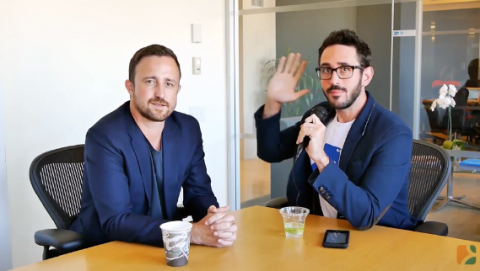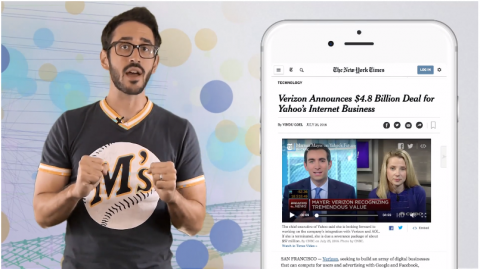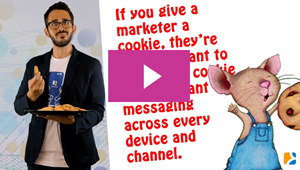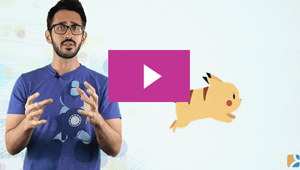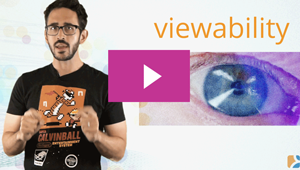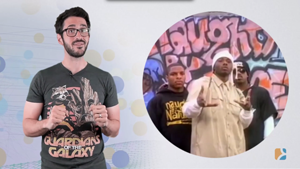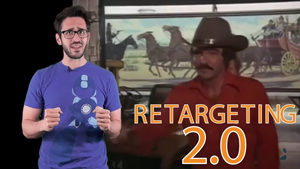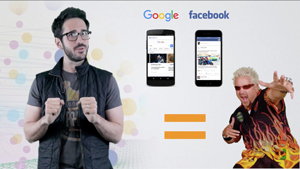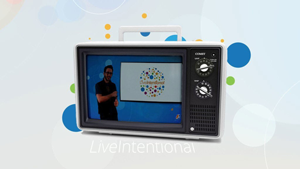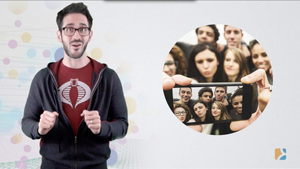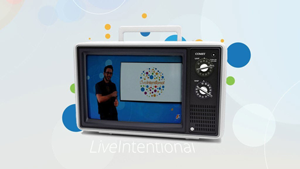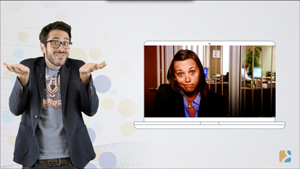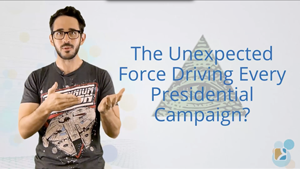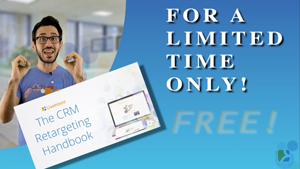The concept of “Identity” is having an identity crisis. While there has never been more data available for reaching and leveraging customers, there is a lack of resolution, both conceptually and practically, around the industry as to what it really means.
Despite the seemingly infinite real estate of the Internet, realistically, there is only a certain amount of inventory any individual publisher is going to have to sell that’s actually worth anything. So what’s the best way for publishers to provide more impressions without having to create new content or cramming...
After a long rumored courtship, Verizon finally pulled the trigger, acquiring Yahoo! for the sum of $4.8 billion dollars, raising questions about whether this move would put the massive telecom company in a position to turn Google and Facebook¹s digital media duopoly into a triopoly (which, we’ve just recently learned,is not...
Ever wish your cookies were actually people?
Not the yum-yum type cookies, but the cookies that you use to identify and target consumers across different channels like Third Party Web Sites, Search, and Social Networks.
Lost in all the hullaballoo in recent weeks over Pokémon Go was the news that Google recently made available a ‘My Activity’ page, which makes it possible for people to see all the information Google has related to their user login.
The Relevancy Group’s “State of Identity Management Report” recently revealed that when it comes to driving actual revenue, deterministic data pays like a Lannister.
In a story we’re breaking just now, Microsoft has acquired B2B social platform LinkedIn for the mind-numbing sum of $26.2 billion dollars.
Just to put that in perspective, with 26.2 billion dollars, you could buy the Chicago Cubs…. 26 times. That’s about 2.7 trillion years of losing.
That’s why this week, Only Influencer’s partner LiveIntent is taking a look at what it is about LinkedIn that Microsoft thinks is worth all those dolla-dolla-bills, y’all.
Viewability or the ability of an ad to actually be seen by a human being has become the critical metric for media buyers and marketing executives alike. There are a number of advertisers and agencies that have publicly stated that they will not pay for any impression that is not 100% viewable.
Social “Buy Now” buttons were supposed to be a game-changer, eliminating the friction from purchasing on mobile and providing retailers a way to tap into a mobile-first audience that’s expanding exponentially.
The FTC's Native Advertising guidelines are here, and according to a new report from Mediaradar, if the Federal Trade Commission decided to audit publishers' native ads today, around 70% of websites wouldn't be compliant.
That's why this week, Only Influencer's partner LiveIntent is explaining how to make sure your Native Ads aren't Naughty by Nature. You down with the FTC? Yeah, you know me.
Retargeting has been historically thought of as a lower sales funnel, direct response tactic. But there are some problems with cookies, the pieces of code used to identify and retarget customers, that have lead to a rethinking of retargeting strategies.
This week, Only Influencer¹s partner LiveIntent is looking at how brands are changing the way they think about retargeting ads and how those ads are changing the ways customers think about themselves
Mark Ash, managing director at Teradata Interactive International, recently told MediaPost’s Sean Hargrave that we’ve seen the end of the days of email being seen as the “ugly duckling” in digital marketing and that, “Email is now the linchpin to our clients as they look to identify people moving from digital marketing’s cookie to in-store purchasing.”
Google AMP, Facebook Instant Articles and Apple News are being adopted as ways to combat two of the biggest challenges facing publishers these days: Ad Blocking and Mobile.
But the things that makes these pages so fast – cached content, little to no JavaScript or third party tags – means losing some audience data, high-impact, high-CPM ad units, and, perhaps most importantly, that direct connection between publishers and their readers as a source.
This week, Only Influencers’ partner LiveIntent explains how to make the most of Google AMP, Facebook Instant Articles and Apple News by turning them into the Guy Fieri of publisher content.
With Spring having fully sprung and consumers buzzing from device to device like bees from flower to flower, it’s important that marketers have an complete understanding of cross-device targeting solutions and mobile strategies available.
That’s why this week, Only Influencer’s partner LiveIntent is digging into the LiveIntentional archives to provide a cross-pollination of their best episodes on cross-device marketing.
It has long been an accepted belief that Millennials are so busy Yik-Yaking, WhatAppings, Slacking, and Kiking, that when it comes to email, they literally can’t even. So, how is it possible that according to the 2016 Adestra Consumer Adoption & Usage Study, 77% of Millennials are using email in their everyday life? This week, Only Influencer’s partner LiveIntent is looking into why email is so on fleek for Millennials.
October 27th, 1994: Display ads make an appearance on this digital rag with the moniker Wired.com with a boffo a click-through rate of 44%.
Ray Tomlinson, the man that chose the @ symbol that turned electronic mail from a mass message board to an addressable identity, passed away last week at the age of 74. That’s why this week, Only Influencer’s partner LiveIntent is taking a moment to explore the impact of that @ symbol, all it makes possible, and say ‘Thanks.’
According to Ad Exchanger's Sarah Sluis, while marketers remain optimistic about Atlas's ability to live up to the hype, the honest review of its abilities thus far have been a resounding meh.
Hillary. Bernie Trump. Rubio. For almost every Commander-in-Chief-in-Waiting, there is an ancient, unseen force powering their campaigns and driving their digital fundraising efforts: Email. But what makes email such a political tour de force?
This week, Only Influencer’s partner LiveIntent dives deep into why so many presidential candidates are stumping for email.
It’s a tale as old as time. You spend all this time crafting the perfect email campaign for that perfect customer segment, only to see a 17% open rate – meaning that 83% of your best customers are missing out on your best offers!

